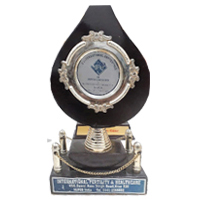
The prospective mother’s ovaries are artificially stimulated in new IVF rounds to generate a larger number of mature eggs. The eggs are then extracted via a process known as a follicular puncture or ovum pick-up (OPU) and then fertilized in the lab using the husband’s or donor sperm.
The resultant embryo(s) is/are transplanted back to the Intending Mother’s uterus after 3-5 days. Spare, excess, or unused embryos are cryopreserved in liquid nitrogen at -196 °C until a choice is reached regarding their fate.
Fate of surplus Frozen Embryos:
The first and second alternatives both result in the same thing: a Frozen Embryo Transfer. Cryopreservation is utilized for reproductive objectives in both situations.
Here is a list of frozen embryo transfer tips to improve your success rate of embryo transfer.
Keep a well-balanced diet – No such thing as an implantation diet exists. The most essential thing to remember is to consume nutritious meals regularly as suggested by SCI IVF Hospital. That means a diet rich in fresh fruits and vegetables, as well as protein, fiber, and good fats.
Every woman’s body is unique, and it will respond to embryo transfer in its unique way. Although the two-week wait may appear to be the longest, the following techniques can significantly increase the chances of a frozen embryo being implanted successfully.



















